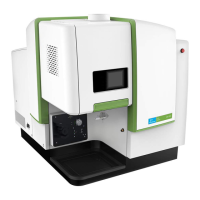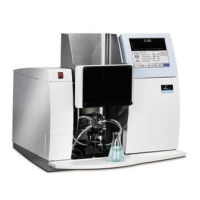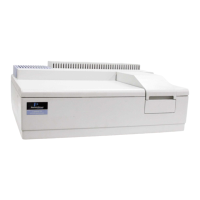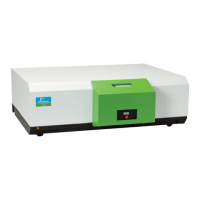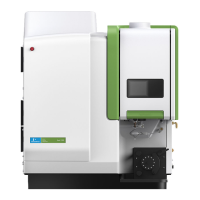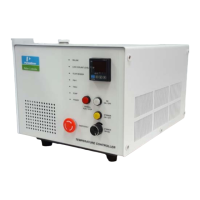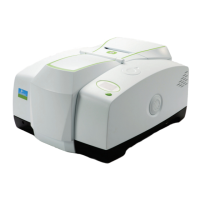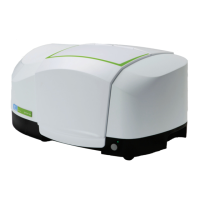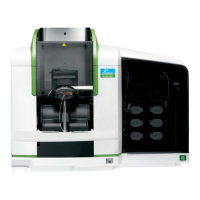Why is there excessive noise in my PerkinElmer 200A?
- MMelinda StricklandSep 12, 2025
Excessive noise can occur due to several reasons: * The flow cell might be contaminated, requiring cleaning. * The mobile phase may not be sufficiently degassed; ensure thorough degassing. * Impurities in the mobile phase can cause noise; purify or replace it with a higher quality mobile phase. * The gain level of the recorder could be too high; adjust it accordingly. * The pump might be faulty; it is recommended to check the pump.


